Coins Study Guide
Introduction to Coins
Coins are a form of currency used in many countries around the world. They come in different denominations and are used to make purchases, pay for services, and as a form of saving.
Types of Coins
There are several common denominations of coins, including:
- 1 cent (penny)
- 5 cents (nickel)
- 10 cents (dime)
- 25 cents (quarter)
- 50 cents (half-dollar)
- 1 dollar (dollar coin)
Identifying Coins
Each coin has distinct characteristics to help identify them:
- Penny: It is a small, copper-colored coin with Abraham Lincoln's portrait on the front.
- Nickel: A slightly larger coin with a silver color and features a portrait of Thomas Jefferson.
- Dime: The smallest and thinnest coin, it has a silver color and features Franklin D. Roosevelt.
- Quarter: Larger than the dime, it has a silver color and features George Washington.
- Half-dollar: A larger, silver-colored coin with President John F. Kennedy's portrait.
- Dollar coin: Slightly larger than a quarter, it comes in various designs, such as the Sacagawea or Susan B. Anthony dollar.
Value of Coins
Each coin has an assigned value:
- Penny: 1 cent
- Nickel: 5 cents
- Dime: 10 cents
- Quarter: 25 cents
- Half-dollar: 50 cents
- Dollar coin: 1 dollar
Using Coins
Coins are used to make exact change and can be combined to represent different amounts. Understanding their values is important for everyday transactions.
Conclusion
Understanding the different types of coins, their values, and how to identify them is an important skill for managing money and making transactions.
.◂Math Worksheets and Study Guides Fourth Grade. Calendar
Study Guide Calendar
Calendar  Activity Lesson
Activity Lesson Calendar Calculations
Calendar Calculations  Activity Lesson
Activity Lesson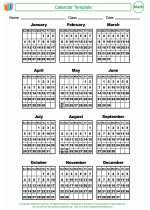 Calendar Template & Yearly Activities
Calendar Template & Yearly Activities  Activity Lesson
Activity Lesson February Calendar
February Calendar  Activity Lesson
Activity Lesson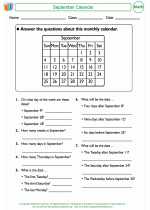 September Calendar
September Calendar  Activity Lesson
Activity Lesson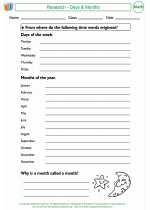 Research - Days & Months
Research - Days & Months  Activity Lesson
Activity Lesson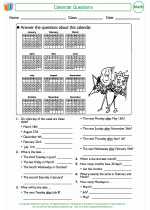 Calendar Questions
Calendar Questions  Worksheet/Answer key
Worksheet/Answer key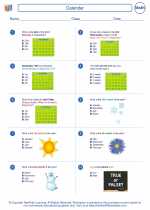 Calendar
Calendar  Worksheet/Answer key
Worksheet/Answer key Calendar
Calendar  Worksheet/Answer key
Worksheet/Answer key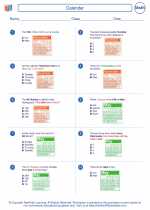 Calendar
Calendar 

 Activity Lesson
Activity Lesson
 Activity Lesson
Activity Lesson
 Activity Lesson
Activity Lesson
 Activity Lesson
Activity Lesson
 Activity Lesson
Activity Lesson
 Activity Lesson
Activity Lesson
 Worksheet/Answer key
Worksheet/Answer key
 Worksheet/Answer key
Worksheet/Answer key
 Worksheet/Answer key
Worksheet/Answer key

The resources above cover the following skills:
Knowledge of Measurement: Students will identify attributes, units, or systems of measurements or apply a variety of techniques, formulas, tools, or technology for determining measurements.
Applications in Measurement: Apply measurement concepts.
Determine start time, elapsed time and end time (Assessment limit: Use hour and half hour intervals).